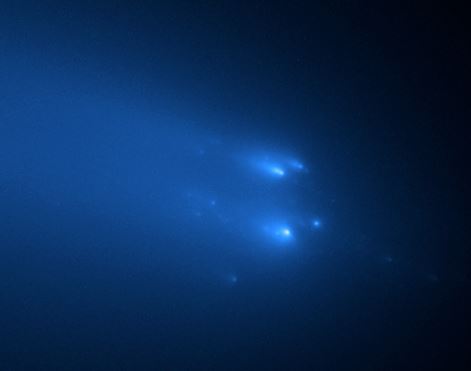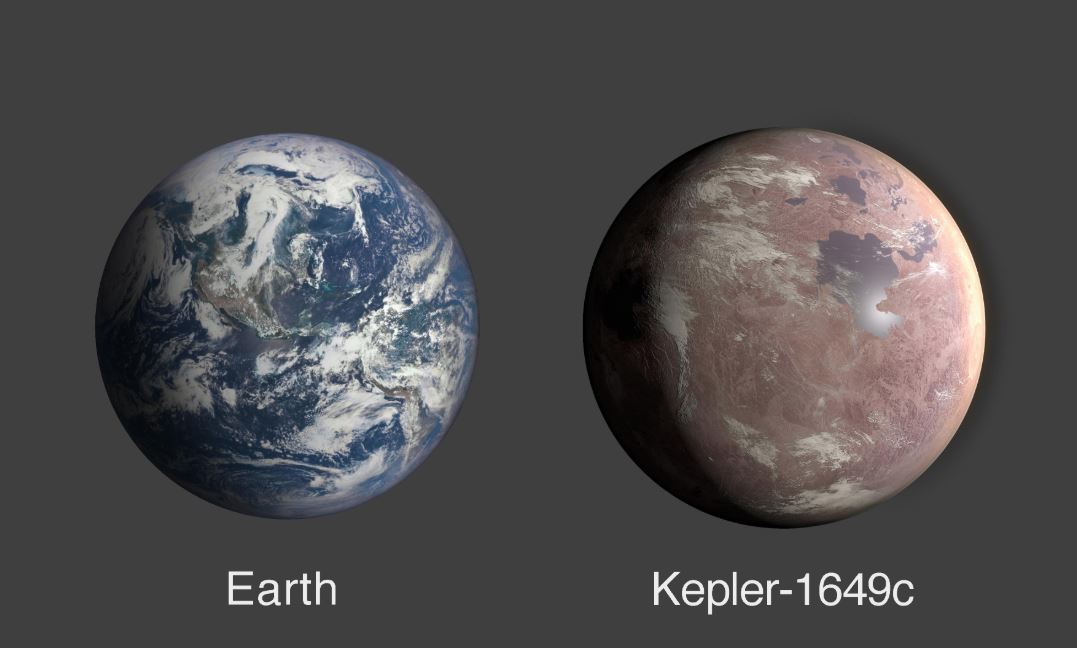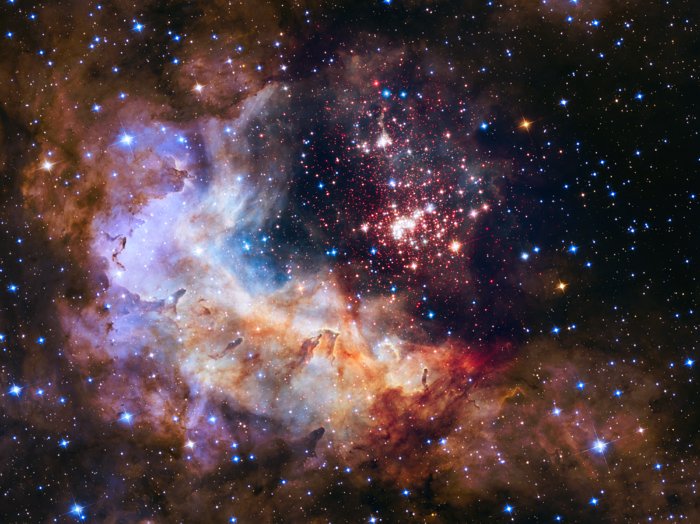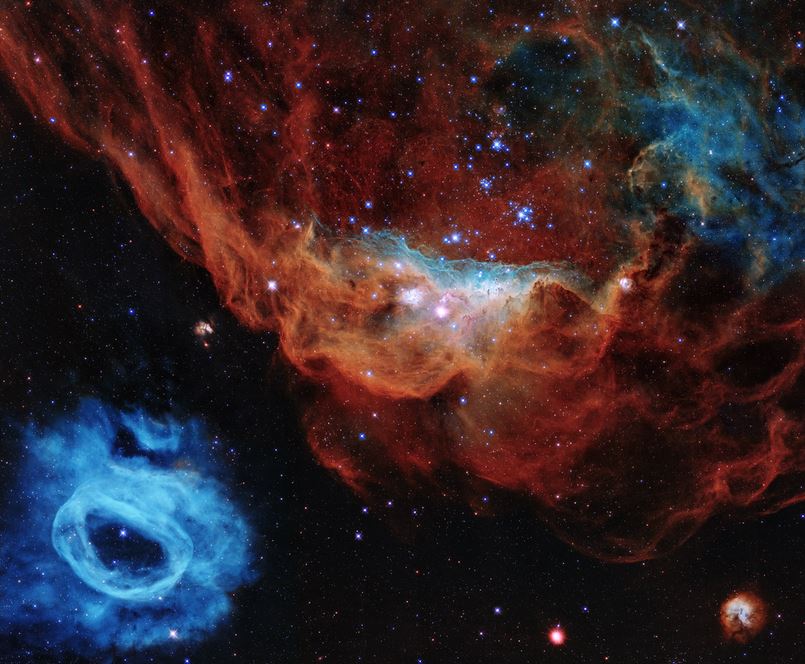MASS Meeting Notes Dec 11, 2015
Harry, Keith and I were in attendance for the 43rd meeting. Unfortunately it was a new low in attendance.
MassCosmos.org web site comments: the site looks fantastic, with sections “about us” and “deans blog” we can drop the “under construction” tag, Keith should add himself to “about us” as designer with his picture
News from the CSSS meeting at the Schaumburg library on 12/6/15. I was surprised only 14 people in attendance. 66 countries now have space agencies, nice rundown on planetary missions from NASA, ESA, Russia, and other countries, a mention of their 4 times per year publication SpaceWatch and Schaumburg meetings, www.chicagospace.org, they also earn some money from Amazon on the sale of books.
Technical problems with my computer caused a delay of 45 minutes while we tried rebooting the router in the family room, the cable modem upstairs and my PC all to no avail. (An hour and half after the meeting I realized that the connection from the router to the cable modem had come loose, when I attached the cables to my PC. I’ll be smarter next time). Keith set me up with his computer using cellular Internet which saved the meeting but I fumbled quite a bit trying to find where all the new key locations were on his PC.
Started with a little humor “Beans” youtube video brought to my attention by Phil.
Ideas where MASS should go: would they support weekly meetings if we started a course? (Keith said his job demands would not support meeting that often), Harry would like us to have more field trips like to Yerkes. We’ve got to do a Spring 2016 outing to Yerkes.
Astronomical trivia from Astronomy Magazine Nov 2015 – there are 63,240 AU in a light year and 63,360 inches in a mile. The leap from AU to light years shows how much more time consuming travel between the stars will be compared to traveling around the solar system.
Recent developments,
- Ceres – one study says bright spots are salt, second study says ammonia-rich clays, 130 bright spots more associated with impact craters, magnesium sulfate similar to Epsom salt, salt left behind as water ice sublimated, impact dredges up, ceres 584 mi diameter is generally dark as fresh asphalt, bright patches up to 50% reflective, Occator (60 mi) brightest spots estimated to be 78M yrs old, in the ammonia clay theory, ceres would have originated farther out in solar system, Dawn soon to be taking pictures at 120 ft resolution; Show original white dots; in 915mi orbit, good view, will still descend to 230 mi; has short narration video of spots and mountain; odd shinny 4 mi high mountain; super closeup of Occator (pronounce ah-cay’-ter); new map of Ceres with Occator (Roman agricultural deity) (56mi crater), ceres 590mi (950km) in diameter is smallest dwarf planet but largest asteroid, leading hypothesis for spots are ice volcanoes or could be salt (biggest spot is 5.6mi); topography map; haze detected above bright spots in Occator crater & conical mound, bright spots all over; Kerwan – Hopi god of growing corn.
- Canadian firm granted US and UK patents for 12.5 mile high space elevator – 20 km high inflatable tower, Thoth Technology, use electric elevator to get to the top and then take space plane. Taking off from the top of the tower saves 30% of rocket’s fuel.
- New Horizons has new target – 28 mi KBO chunk called 2014 MU69 (discovered by Hubble Telescope in late June 2014), another 1 billion miles out (10.8 AU), will reach in Jan 1, 2019. Not selected was 2014 PN70. Will fire thrusters 4 times in Oct-Nov, nice 2 min video; data download started 9/5/15 at 1-4 kB/sec, extended mission to next Kuiper Belt Object not yet approved, object requires least amount of fuel, tanks still half full, New Horizon will get within 15000 mi of the object (Pluto flyby was 50 mi less than 7800 mi anticipated and 90 seconds earlier) but orbital uncertainty is high on new object; new Pluto pictures, like being 1100 mi above equator with dark crater filled region call Cthulhu+Sputnik Planum, dunes too; snakeskin terrain, Pluto’s oranges and reds, ice mountains; new picture Charon; 2 ice volcanoes (water, nitrogen, ammonia, methane), Piccard (3.5 mi) & Wright (2 mi) at south pole, both are high peaks with central depressions, unsure where energy comes from because Pluto is not a moon of a larger planet, so not tidal squeezing, it also has rapidly spinning moons, Charon is locked but Hydra rotates 89x for each orbit, neat video depiction, 20% of data downloaded from probe, heart feature (10 million years old) versus much older terrain by crater evidence. left side of heart (Sputnik Planum) sort of round, it might have formed from large impact, whole heart is Tombaugh Regio 825 km and 4 km deep. psychedelic false color image, different colors represent different surface compounds; full rotation view of Pluto and charon + some nice close-ups if you click on the picture; highest resolution down to 250 ft, click on “full resolution”, then click picture strip to enlarge and scroll across the terrain, flat surface might be nitrogen rich ices, flat blocks are ~25 miles across; pits on Pluto.
- LIGO (Laser Interferometer Gravitational Wave Observatory) reopens search for gravity waves – rebuilt in Livingston, Louisiana and Hanford, Washington, 3x more sensitive now and 10x soon (ALIGO) (looking for signal 1000x smaller than a proton), 900 scientists, looks for the stretching of space-time in 2 4km arms at right angles with precision of 10^-19 meters or billionith of the width of an atom, must damp out vibrations in the environment, signal could come from a pair of neutron stars spiraling toward each other, project original cost was $620 million and ran from 2002-2010, could detect this event from up to 65 million lightyears away, new advanced LIGO should eventually detect the event from up to 650 million lightyears, a volume 1000x the original, sensitivity right now can detect out to 200-260 million lightyears, optimistically should see 3 events in 3 months, pessimistically might take 600 years to see one, Europeans have VIRGO detector near Pisa, Italy; every time a new region of detection opens up all kinds of new discoveries; General Relativity is now 100 yrs old.
- Most people believe ET is out there – even though last meeting’s presentation was pessimistic and William Barocki of Kepler piled on too, most people in Germany 56%, US 54% and England 52% believe intelligent life capable of communication is out there, 46% of Brits think we should send a message, 33% said don’t send anything, 21% unsure; only 12% Germans, 22% US and 20% English do not believe intelligent aliens exist, as to why no contact 58% said aliens too far, 24% of ET believers feel ET knows about Earthlings but chooses not to reach out, 17% feel ET has contacted us and governments have covered it up, men more likely than women to believe we should reach out to intelligent aliens 54% to 40%; on StarDate show Neil Tyson thinks that aliens are so advanced that we are not that interesting to them thus the Fermi Paradox; Seth McFarlane wonders if the Catholic religion hadn’t rose to power would we be 1000 years more advanced in science because we wouldn’t have suffered the Dark Ages and could have built right off the knowledge of the Ionians.
- Lunar X prize down to 16 teams – $30 million competition down to 16 from original 33 or 34 teams, one of the teams (Astrobotic) has a firm launch contract in place for this year’s Dec 31 deadline so other teams have until end of 2016 for their contracts to stay in race. End of 2017 is end of contest which is 5 years past original 2012 deadline, remaining 16 teams represent Asia, Europe, North America, & South America. Astrobotic and Moon Express considered most capable, some money has been awarded for Earth based accomplishments (terrestrial money prizes), biggest question is whether they can raise money for the launch to the moon, total of 11 american teams no longer in competition, 3 remaining are Astrobotic, Moon Express and Omega Envoy. Israeli team first to sign contract with SpaceX for launch in 2nd half of 2017, their craft will hop 500m, Astrobotic & Moon Express haven’t submitted their contracts to organizers for approval yet. Astrobotic adds Uni a 5kg rover from a team from Chile. short video on each team
- NASA delays CRS2 decision to Jan 30, 2016 – new cargo contracts for $14 billion for 2018-2024 timeframe. A cargo only version of Dream Chaser is in the running but Boeing has been cut out with its cargo version of CST100. The 1st cargo contract was awarded in 2008. So far Orbital ATK has launched 3 flights to ISS of the 10 total in their contract. They resumed flights on Dec 6 with their 4th mission using an Atlas V rocket rather than their Antares rocket. They have had one failure (Oct 2014 mishap in Virginia). SpaceX has launched 7 times of the 15 total in their contract. They plan to resume flights on Jan 3, 2016. They have had one failure (Jun 28, 2015 breakup of second stage). NASA’s delay might be to see how the resumption launches go before deciding.
- Space Act 2015 unanimously passes Senate vote – I didn’t think anything passed without dissention, the bill recognized the right of US citizens to own asteroid resources that they obtain as property and encouraging commercial exploration and recovery of resources from asteroids, free from harmful interference, but excludes ownership of the entire asteroid which would violate international treaties. The bill also continues the ISS to at least 2024 and the use of SLS for cargo payloads; NSS organization supports the bill HR 2262 Commercial Space Launch Competitiveness Act (CSLCA), House & Senate compromised and passed now needs Obama’s signature. The bill also extends the “learning period” for commercial human space flight by 7 years, so operators can have both experimental & operational spacecraft at the same time, lets start ups get a running start before full FAA regulations are in place.
- Cygnus flies again on Atlas V rocket– 4th paying resupply for Orbital-ATK launches on Dec 6th. They will fly again on another Atlas V on Mar 10, 2016. This is the 60th successful launch for Atlas 5. Orbital has named the Cygnus, Deke Slayton 2. The original Deke Slayton exploded over Virginia. This Cygnus has 25% more volume with over 7700 lbs of cargo. Including hololens for 3D simulations and a new SAFER backpack for EVAs. Cygnus will attach for first time to the nadir port of Unity and stay attached for more than a month. Then bring down 3000 lbs of trash. Also aboard the Cygnus is a small satellite from the St Thomas Moore elementary school. The satellite will send pictures of the earth back to the ground via slow scan TV Ham radio. They built it for only $30-50,000. There is another cubesat on board that will be assembled from 8 separate pieces by astronauts on the ISS. The individual parts are called “satelets”. All of the cubesats will be launched from the ISS thru the airlock in the Japanese Kibo module. In other cubesat news the NASA Mars mission, Insight, will be taking cubesats to Mars.
- This what pad 39A looks like – SpaceX building the Horizontal Integration Facility (HIF). This pad is where the last shuttle launched on July 8, 2011 and all the moon missions. SpaceX’s transporter-erector (TE) is shown. The TE is to be used for Falcon 9 and Falcon Heavy rockets. SpaceX assembles and transports their rockets horizontally then moves them to vertical at the launch pad. SpaceX said no current plans to disassemble NASA’s old support structure. SpaceX talking of 1st launch since failure no earlier than Dec 19 with Orbcomm mission (11 communication satellites) and wants to conduct 1st ground landing back at Cape. I’m unsure if FAA would approved but they did obtain a 2nd site designated as “landing zone” at Cape Canaveral.
- Blue Origin sends its New Shepard craft up 100km and lands safely – 100 km or 64 mi is the Karmen Line where space begins according to the World Air Sports Federation. BE-3 engine delivers 110,000 lbs of thrust, reignited at 4900 ft, deploys crew capsule at 20,000 ft, only 3g on ascent, 5g on descent, max speed is Mach 3.72. Video shows it descending quickly. Interesting how they test the landing legs before liftoff. Remember vertical ascent to 64 miles is less than 1/5 the velocity needed to orbit and the energy is only 1/25th (proportional to the square of velocity). The Falcon9 first stage reaches 124 miles which is twice New Shepard’s altitude. I first thought New Shepard’s name had religious connotations but its pays tribute to Alan Shepard , the first US astronaut, who only went suborbital because the US’s Redstone rocket wasn’t powerful enough to send the Mercury capsule into Blue Origin will be selling tickets for 6 people to experience 4 minutes of weightlessness on New Shepard. The “to be developed” BE-4 engine will be used on the Vulcan rocket which will replace the Atlas 5 if Senator McCain gets his way. McCain doesn’t like US DOD satellites flying with the Russian made engine on the Atlas 5. SpaceX’s newest Merlin 1D engine generates 147,000 lbs of thrust and they use 9 of them on the first stage of the Falcon 9 rocket.
- Akatsuki (Dawn in Japanese) now orbiting Venus – after being lost for 5 years in space, the spacecraft fired up its thrusters to get a second chance at orbiting Venus. Launched in May 2010, it reached Venus on Dec 7, 2010 but didn’t quite enter orbit due to a faulty engine valve and went into orbit around Sun. The Japanese dumped all its main engine fuel to lighten craft and then used 8 thrusters rather than main engine to attain orbit. It is now in a highly elliptical orbiting of 248 mi to 243,000 mi from surface. The spacecraft plans to use infrared light to explore surface and take close up shots and observe storm winds but the orbit is much more elliptical than planned. It might have been damaged by the heat from the Sun. No NASA mission is planned for Venus until the 2020’s. In this link a nice 3 min video of HAVOC(High Altitude Venus Operational Concept) a manned blimp to the Venus atmosphere.
- ISS Landing astronauts –The ISS celebrated 15 years of continuous occupation on Nov 2, 2015. On Dec 11, astronauts Kimiya Yui (Japan), Oleg Kononenko (Russia), & Kjell Lindgren (USA) landed after 141 days in space in the dark of Kazakhstan with a 10 degree F windchill. The next set of 3 astronauts are scheduled to launch Dec 15 for the ISS.
Main Topic:
Youtube video 45 min titled “Our Violent Universe” 2015 Goddard Space Flight Center Sept 30, 2015 talk at Smithsonian Air & Space Museum; Fermi, Newstar, Swift, the talks have a lot of videos and graphics; 5:30 Grunsfeld first speaker and mentions Adler, 6:45 introduction by Ed Weiler (he’s a figure recognizable from Hubble trouble); 11:15 (Ed speaks of SuperMassive black holes, nature of quasars, diffuse xray background ); 18:00 Jeremy speaks about black holes); 24:45 Fiona talks about SuperNovae explosions; 33:30 Neil discusses GammaRayBursts which are SuperNovae that form black holes, GRB explode with an energy equivalent of 10^30x of an H-bomb, Dan Joyce said that GRB’s have a 3500 light year kill radius, 41:30 closing remarks





One Response
Great Update, as always Jim! Big thanks to you, from all of us, on taking the time for writing a great re-cap and perspective.
Your postings on my long train rides is always a joy!
Thanks Jim!
-Keither
Comments are closed.